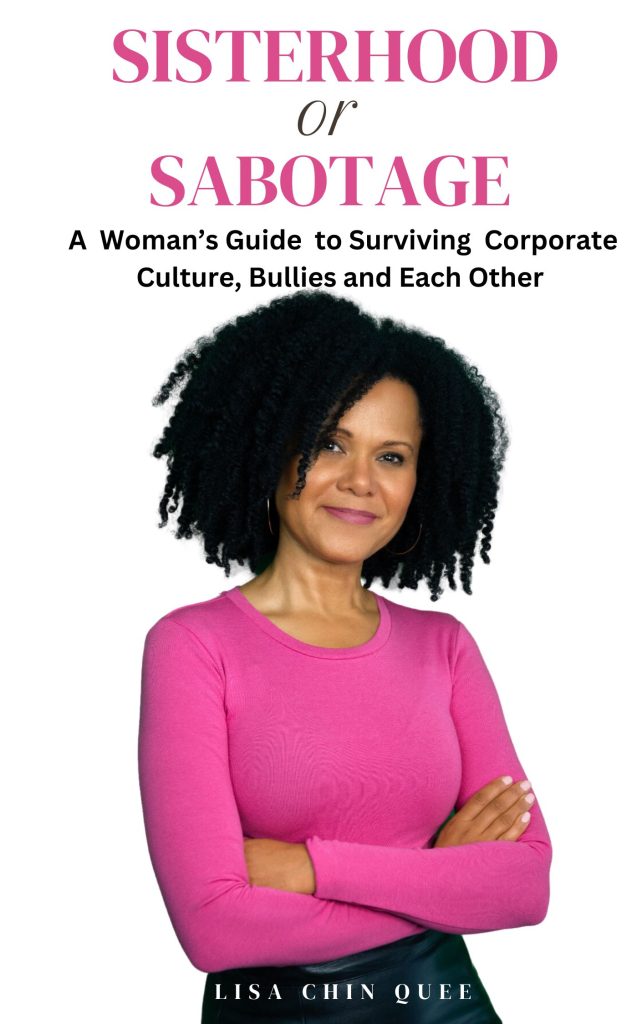More women in executive positions means more profits for companies. What? Do you need me to say it again? More women in leadership roles translate to higher profits; an increased bottom line. Yes, that would make sense considering approximately half the population of the globe are females and contrary to a particular antiquated school of thought – the gender on a whole is fairly intelligent and…
Summer is just around the corner – longer days of sunshine, flowers are blooming, city sidewalks are filled with an eclectic mix of people, lunchtime and after-work happy-hours fill patios with a fusion of conversations and laughter. Ahhh – the beloved signs of warmer temperatures. But wait, chances are, amid the chatter are the complaints of cold air-conditioned offices because as the…
Is feta cheese made from cow’s milk or sheep and goat’s milk? The answer may not be as obvious as you think. I recently had a chat with my mother about feta, that’s Greek Feta cheese. She like most everyone takes for granted that the feta cheeses sold in stores are all made from sheep or goat’s milk or a combination of the two and are from Greece. I informed her, that it’s not…
So, I had a frightening experience the other day. I was sitting in a small boardroom, gray walls, no windows except for a dark glass (two-way mirror) with about nine other strangers: 50 to 70 yrs. old. We were all corralled for a focus group to get our opinions and experiences, and in the middle of sharing my perspective in response to a particular question – my mind went blank.





